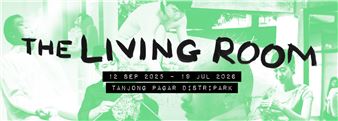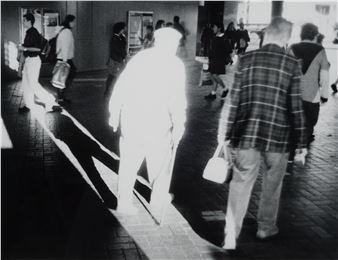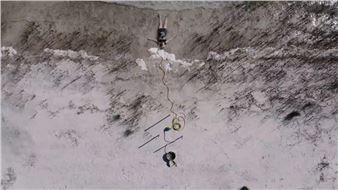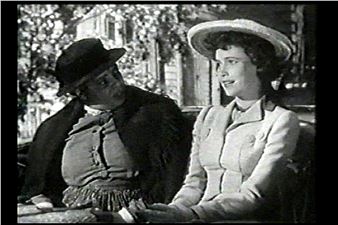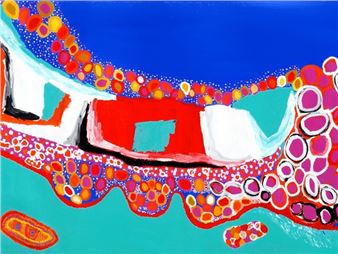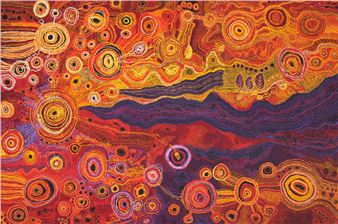Bilong Papua New Guinea. 50 Years of Independence
Bilong Papua New Guinea marks the 50th anniversary of Papua New Guinea’s independence and the birth of a new nation on September 16, 1975. Prior to this date, Papua New Guinea was under Australian colonial rule from 1906, preceded by British and German rule from 1884.
Papua New Guinea is a nation with over 800 languages, each of which identifies a distinct cultural community. In the lead up to Independence, bringing together these diverse communities under one nation was acknowledged as a complex undertaking by Papua New Guinea’s first Prime Minister, Michael Somare, in 1974:
‘One of the most important and difficult tasks facing any new country is the creation of a national identity. In order to weld together the multiplicity of cultures and languages that make up Papua New Guinea, we must first of all know what our complex cultural heritage is.’
The National Gallery holds the largest collection of Papua New Guinea urban art outside the country. Each of the works selected for Bilong Papua New Guinea presents a story, reflecting on cultural heritage, historical moments, the influence of ancestors, Christianity, kastom, societal changes and new technologies.
In this exhibition, traditional styles and contemporary artistic practices merge in the works of artists such as Mathias Kauage, Gazellah Bruder, John Siune, and Yuriyal Bridgeman. Through their examination of the political and social contexts of post-independence Papua New Guinea, these artists have helped to mould a cohesive national identity, while shaping Papua New Guinea’s contemporary creative practices.
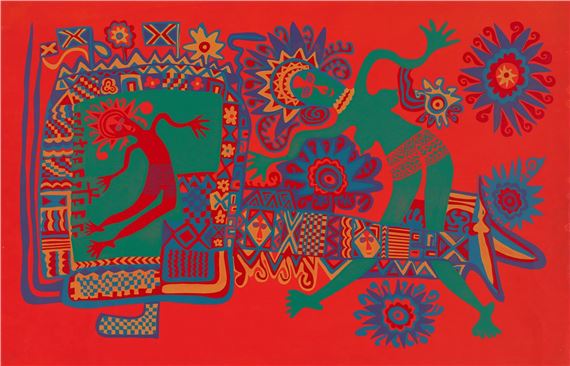
Recommended for you
Bilong Papua New Guinea marks the 50th anniversary of Papua New Guinea’s independence and the birth of a new nation on September 16, 1975. Prior to this date, Papua New Guinea was under Australian colonial rule from 1906, preceded by British and German rule from 1884.
Papua New Guinea is a nation with over 800 languages, each of which identifies a distinct cultural community. In the lead up to Independence, bringing together these diverse communities under one nation was acknowledged as a complex undertaking by Papua New Guinea’s first Prime Minister, Michael Somare, in 1974:
‘One of the most important and difficult tasks facing any new country is the creation of a national identity. In order to weld together the multiplicity of cultures and languages that make up Papua New Guinea, we must first of all know what our complex cultural heritage is.’
The National Gallery holds the largest collection of Papua New Guinea urban art outside the country. Each of the works selected for Bilong Papua New Guinea presents a story, reflecting on cultural heritage, historical moments, the influence of ancestors, Christianity, kastom, societal changes and new technologies.
In this exhibition, traditional styles and contemporary artistic practices merge in the works of artists such as Mathias Kauage, Gazellah Bruder, John Siune, and Yuriyal Bridgeman. Through their examination of the political and social contexts of post-independence Papua New Guinea, these artists have helped to mould a cohesive national identity, while shaping Papua New Guinea’s contemporary creative practices.

 ARTISTS
ARTISTS







